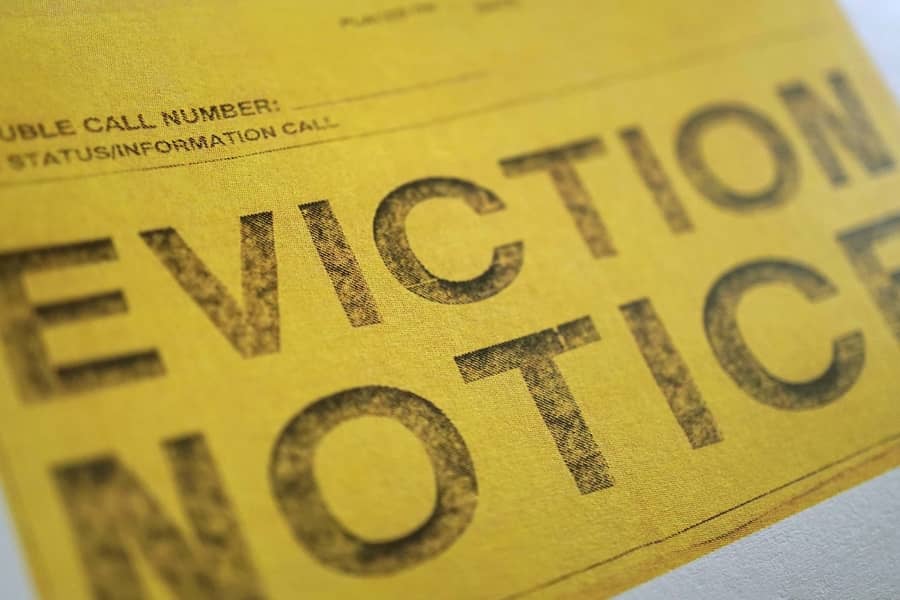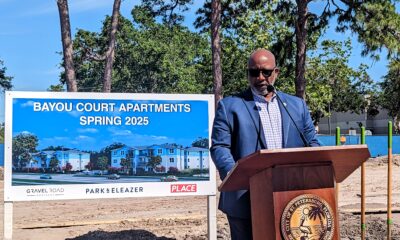Thrive
United Way’s housing crisis dashboard provides crucial assistance information

Following a study revealing that half of all families in Hillsborough, Pinellas, Manatee, Sarasota, and DeSoto counties are “rent-cost burdened,” United Way Suncoast is increasing its efforts to help mitigate the ongoing housing crisis.
Households that spend over 30% of their monthly income on rent are considered cost-burdened, and that statistic is one of many the United Way Suncoast (UWS) tracks in its recently released “State of the Housing Crisis” dashboard. The UWS Data team spent six weeks compiling data on rental rates, eviction filings and available emergency rental assistance funding from several official sources before launching the dashboard in early March.
Doug Griesenauer, director of workforce development and financial stability for UWS, said the organization has worked on the eviction crisis for the last few years and realized the need for one place that tells the whole story.
“Somewhere to tell that rents are going up, evictions are restabilizing and the average worker’s income cannot sustain that,” he said. “So, we wanted to figure out a way to essentially bring all those pieces together and tell one consolidated story so someone can come to the source and figure out what’s going on in one place.”
Griesenauer noted that anyone could potentially dig around and find pieces of information UWS compiles from various sources, but it would take hours. He added that UWS continuously updates the data and is always open to comments and suggestions on what the community may find useful.
He said the organization – which encompasses five counties throughout the Tampa Bay region – takes “but what about that?” questions from the public seriously.
“Because we’re talking about people’s finances, we’re talking about people’s lives, and everything is really interconnected,” he said. “We’re hoping to build this out even more so in the future.”
In addition to realizing that half of all families are cost-burdened due to sharp increases in rents, the UWS data team also uncovered that a two-earner household each making $15 an hour cannot find “affordable” rental accommodations. The dashboard also indicates that eviction filings have returned to pre-pandemic levels. A U.S. Census Survey found that 40% of Floridian respondents feel an eviction is likely within the next two months.
While the housing crisis is more pronounced for those living under the poverty line, Griesenauer said the data shows middle-income families are also feeling the effects of soaring rents.
“There is a wide range of people in our community that are facing these issues,” he said. “The fact of the matter is that housing rates have increased nearly 40% in our area.
“I don’t know a lot of people whose wages have increased 40% in the past six months.”
Griesenauer stressed the importance of exploring both short and long-term solutions for the problem. Someone unable to pay their rent requires immediate solutions, while investing in and creating more affordable housing options will take years. The dashboard provides information for those currently facing a crisis, and UWS hopes it will spark conversations around future measures as emergency rental assistance (ERA) funds dissipate.
While ERA money is running low for many bay area counties and municipalities, Grisenauer said “hundreds of millions of dollars” are still available at the state level. In addition to creating the dashboard, UWS devoted $3 million to the mitigation efforts, a large part of which helps people access funding.
“Three million dollars is either a lot of money or not a lot of money, depending on what you’re looking at,” explained Griesenauer. “So, we decided to make it a lot of money by using it as a multiplier for the $100 million that’s available in our community …”
He said any Florida resident can access the state’s ERA funding if they have not received assistance at the local level. UWS hired rental navigators that work closely with regional nonprofits to increase awareness and help people through the application process.
Griesenauer called the application process difficult and the questions complicated, even for someone without the added pressure of facing eviction. He said it could also take several weeks to receive any funding, so UWS also provides legal support to tenants in immediate danger of losing their homes.
While the state system is slower and more challenging than applying for local relief, Grisenauer said that is where the bulk of assistance remains.
“And when I’m talking about rental assistance, it’s big stuff,” he said. “In some cases, upwards of 15 or even 18 months of rent.
“Being able to offer these supports and services are life-changing for the people who can access them, but they do take time.”
Griesenauer encourages anyone who is even slightly worried about the soaring cost of rent to reach out to a UWS navigator as quickly as possible. If someone feels comfortable applying without assistance, all the necessary applications and information is available on the UWS dashboard, here.







